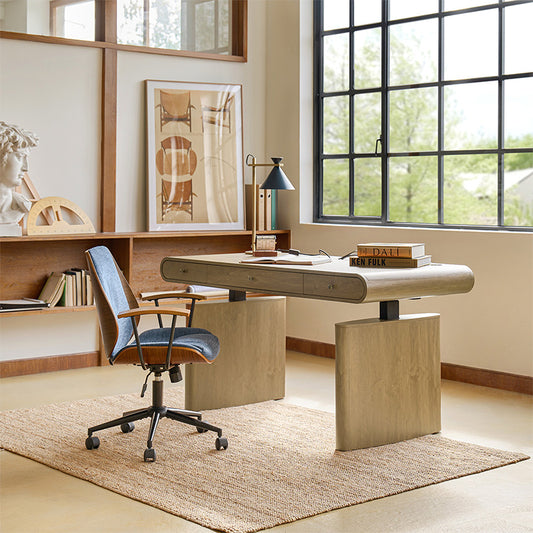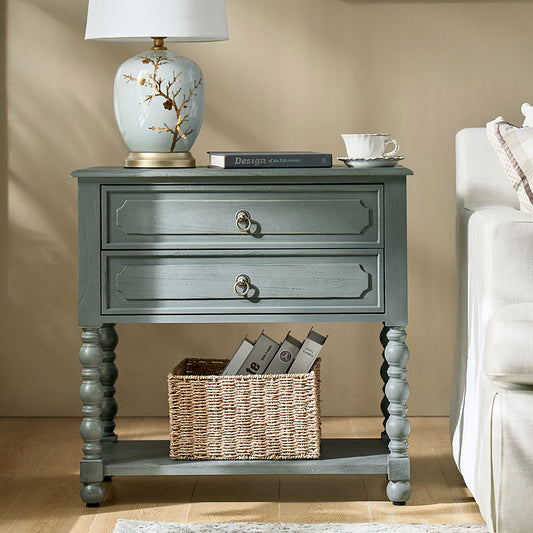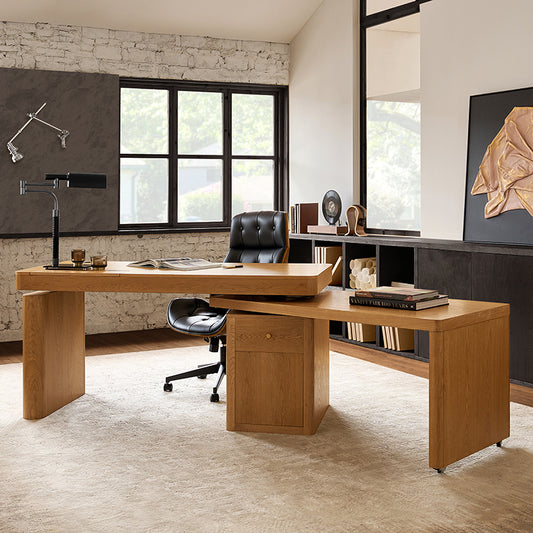The Power of Color: How It Shapes Our Home

Color psychology examines how colors affect human emotions and behavior. It explores how different colors trigger specific emotional and behavioral responses and studies their interaction with psychological states. This understanding enables us to cleverly utilize colors to create comfortable environments, influence people's emotions and behavior, and enhance personal psychological well-being and happiness. In home design, color choices have a significant impact on residents' emotions and behavior. For example, tranquil blues and greens are often associated with relaxation and comfort. By skillfully using color, different atmospheres and moods can be created in home environments, enhancing residents' comfort and happiness.

Understanding Color Psychology
Colors subtly influence our emotions and perceptions, impacting our behavior without us even realizing it. Warm hues like red, orange, and yellow evoke feelings of warmth and excitement, while cool tones such as blue, green, and purple offer a sense of calm and relaxation.
In daily life, color choices play a significant role. For instance, fast-food restaurants often opt for red tones as they trigger hunger and urgency. By understanding color psychology, we can apply it to our homes, selecting hues that match the desired atmosphere. Whether it's creating a cozy ambiance with warm tones or fostering tranquility with cool shades, colors can transform our living spaces.
Exploring Common Furniture Colors
The different colors commonly used in furniture can have various effects on the home environment. Join HULALA HOME to explore the fascinating reactions that different colors can evoke in our living spaces.
Neutral Colors: Neutral colors typically include white, beige, and gray, among others. They exhibit strong versatility in home decor, seamlessly blending with almost any other color. Neutral hues create a sense of simplicity and cleanliness, enhancing brightness and spaciousness within our living spaces. They also serve to balance the visual impact of brighter or more intense colors, harmonizing overall decor schemes. Consequently, furniture in neutral tones offers increased flexibility in decoration.
Warm colour:Warm colors typically evoke feelings of warmth, happiness, or excitement. Therefore, incorporating warm hues into home design can create a cozy and inviting atmosphere, enhancing the overall liveliness of our living spaces. For example, an orange sofa or yellow rug can add vibrancy to the living room. In regions with colder climates, adding more warm-colored furniture and elements to the home can make people feel warmer and more comfortable.
Cool Colors: Blue, green, and purple, often reminiscent of water, sky, and foliage, induce feelings of calmness and relaxation when integrated into our living spaces. Consequently, these hues are frequently utilized to foster a sense of harmony and balance. A bedroom adorned with bedding and décor in cool tones can establish a tranquil sanctuary conducive to rest and rejuvenation, enhancing the connection with nature.
Accent Colors: Vibrant and eye-catching, accent colors stand out boldly against their surroundings, injecting energy and personality into a space. Whether through artwork, cushions, or decorative items, these hues add depth and visual interest, breaking up monotony and infusing a room with dynamism. However, it's crucial to use them judiciously to avoid overwhelming the visual balance of the space.
Choosing the Right Colors for Your Space
When selecting furniture colors, consider the desired ambiance, personal taste, overall style, and color balance. Assess the natural light in the room. For smaller or dimly lit spaces, opt for light hues like white or beige to create an airy feel. Conversely, in spacious, well-lit rooms, darker tones such as deep blue or brown add warmth. Soft shades like blue or green evoke tranquility, while vibrant hues like yellow or orange inject energy. Maintain a balanced palette to avoid color clashes. Pair neutral furniture with lively accents like colorful pillows or artwork to create focal points and enhance visual appeal.
Case Studies and Examples
To showcase how furniture colors can influence the atmosphere and emotions, let's delve into some real-world instances. In SayHomee, a user found their kitchen's dim, outdated decor stifling. Collaborating with a home decor company, they switched the kitchen's primary color scheme to white, instantly brightening the once-cramped space. Swapping dark, bulky furniture for lighter, more breathable pieces transformed their congested dining area into an inviting hub for family gatherings. These firsthand examples vividly underscore the profound impact furniture colors wield in shaping room ambiance and mood. So, don't hesitate to experiment and uncover your ideal color palette with HULALA HOME.


Practical Tips for Incorporating Color:
How to better incorporate color into furniture choices? Here are some tips for you:
- Mix and Match: Try mixing and matching different hues of furniture, combining neutral tones with vibrant colors. For example, pairing a neutral-colored sofa with colorful ottomans can be practical and visually appealing.
- Experiment with Patterns: Don't hesitate to experiment with different patterns. Using fabrics with patterns or textures can add depth and personality to a space. Consider adding pillows or rugs with bold patterns or textures to enhance the overall aesthetic.
- Use Accessories: Accessories are a great way to add color to a space without committing to large furniture pieces. Consider incorporating colorful rugs or wall art to add personality and style.
By adopting these practical tips, you can effectively enhance the visual appeal of your living space with well-incorporated colors.
In addition, the choice of fabrics and finishes can significantly alter the overall look and feel of a home. For instance, opting for leather upholstery can exude luxury and sophistication, while linen fabrics evoke a more casual and relaxed vibe. Similarly, wood finishes or metallic accents offer versatility in style and customization. Dark wood finishes can add warmth and richness, whereas metallic finishes bring a sense of modern elegance. With these practical tips, effortlessly elevate the ambiance of your living space.
All in all, in the color matching of home design, you can consider your personal preferences and the balance between different tones to create your own style and atmosphere. Some bright and small decorative touches and different fabric textures of furniture will make your space completely different, so be brave to try a variety of colors, let HULALA HOME with you to create the ideal home.































No comments